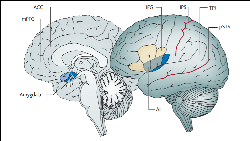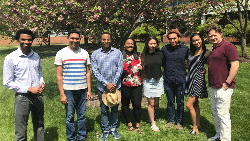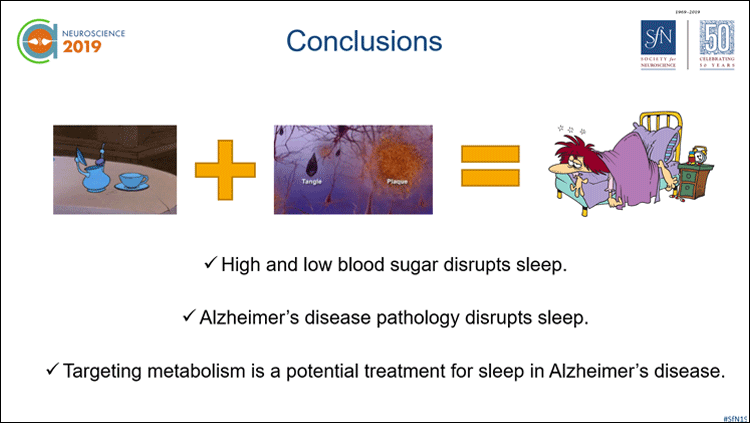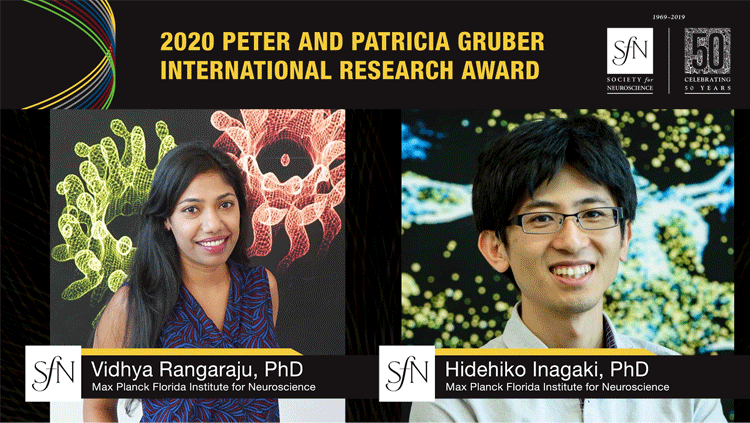Why Humans — and the Brain — Need Community
To celebrate SfN’s 50th anniversary, Neuroscience Quarterly will delve into the science behind SfN’s four Mission Pillars — statements of the Society’s strategic goals.
The SfN’s Mission Pillar “Support the neuroscience community” enables scientists to thrive in their careers, but also fulfils a universal human need. This article explores why humans and the human brain need community.
One of the dominant themes of Hakeem Lawal’s scientific career is transition. In the span of 12 years, Lawal moved from Nigeria to Alabama to California to Delaware and his research evolved from microbiology to cancer biology to neuroscience. Lawal, now an assistant professor of neuroscience at Delaware State University, pegs the success of these transitions on his rich professional communities. “Even my search for my job today as a college professor,” said Lawal, “Part of it I would attribute to the community that SfN helped nurture, both directly and indirectly.”
Anecdotal evidence for the importance of community abounds but neuroscience backs it up. Humans need community — similar to their need of food and water — so much so that the brain is hard-wired for social processing.
The Social Brain

Regions of the “social brain,” including the medial prefrontal cortex (mPFC), temporoparietal junction (TPJ), posterior superior temporal sulcus (pSTS), amygdala, and anterior cingulate cortex (ACC). Source: Sarah Jayne Blackmore, Nature Reviews Neuroscience 2008.
A slew of brain regions work together to process social interactions and maintain relationships. The medial prefrontal cortex and temporoparietal junction help recognize other people’s mental states, the posterior superior temporal sulcus processes faces and biological motion, and social cognition relies on activity from the amygdala, anterior cingulate cortex, and other regions in the frontal and parietal lobes (1).
In fact, social relationships are so important that they may explain why the primate brain evolved to be so big (2). “The social brain hypothesis is essentially an explanation for why primates have brains that are so much bigger — absolutely and relative to body size — than any other group of animals,” said Robin Dunbar, emeritus professor of evolutionary psychology at the University of Oxford. “They live in very complex societies and they need a very big computer to handle that complexity.”
More developed frontal and parietal areas can offset the stress of living in large social groups through improved impulse control and mentalizing, which is the ability to imagine another person’s perspective. Both traits make it easier to coexist with other primates that have different goals, motivations, and desires. The trend extends to humans, too: individuals with a more developed social brain have larger social circles (3).
Community Keeps You Healthy
“It turns out that for both primates and humans, the number of friends you have has a dramatic effect on your mental and physical health.”Robin Dunbar
the University of Oxford
Ancient humans dealt with the stresses of community because they enjoyed its life-saving benefits: protection from predators and shared knowledge and resources. Yet, even in the absence of predators, community offers benefits to modern humans, too. “It turns out that for both primates and humans, the number of friends you have has a dramatic effect on your mental and physical health,” said Dunbar. “Your ability to survive and recover from diseases, surgery, and all sort of stuff like that — even your risk of dying — is affected by this.”
In a 2010 meta-analysis, a team of researchers reviewed 148 studies examining the effects of social relationships on disease morbidity and mortality (4). People with stronger social relationships had a 50% higher chance of survival than people with weaker relationships. This effect is comparable with the increased odds of survival associated with quitting smoking and is stronger than those connected to obesity and physical inactivity.
Friends improve health in predictable ways — like taking care of you when you have a cold and helping you relieve stress through conversation — but much of their benefit stems from their effect on the brain’s opioid system. Social activities like touch, laughter, shared meals, and storytelling trigger the release of endorphins, the brain’s homemade opiates (5). Endorphins bind to opioid receptors and produce feelings of contentment and reward, which might be the glue holding social relationships together. But endorphins also impact physical health: “[They] trigger the production of natural killer cells from the immune system,” said Dunbar. “That’s probably what is producing the effect that friends have in terms of the ability to survive physical diseases and not fall prey to them so readily.” In other words, having a solid network of friends bolsters your immune system.
“After a ten-hour period of self-isolation, viewing images of social activities elicited similar midbrain activity in people compared to viewing images of food after fasting.”Robust social relationships are as much a physical need as food, water, and shelter. In fact, lonely people crave social interactions just like hungry people crave food. After a ten-hour period of self-isolation, viewing images of social activities elicited similar midbrain activity in people compared to viewing images of food after fasting (6).
These social cravings ensure people meet their social needs because missing community has dire consequences. Insufficient social connections can lead to increased inflammation and weakened immune function. Bouts of social isolation can hinder prefrontal cortex function and axon myelination, while chronic isolation can increase the risk of developing Alzheimer’s disease and depression (7). Suffice to say, humans need strong relationships and social experiences.
How Community Fuels Science
The importance of community extends to the scientific world, as any space with a group of people is a social environment at its core. Research labs are obvious examples. Lab members rely on mentalizing and impulse control to collaborate, exchange favors, and work toward collective goals, such as attacking a research question. This is especially true for a field as wide as neuroscience, which also has deep research questions that require more complex techniques as well as more collaborators.

Dr. Hakeem Lawal (left) with former members of his lab. Source: www.lawallab.org.
Lawal leverages outside expertise in his research on the role of cholinergic and dopaminergic signaling in Parkinson’s disease. He collaborates with labs both inside and outside of his institution in electrophysiology, optogenetics, and mitochondrial dynamics. “Those collaborations have actually been sort of a saving grace, because the asks are getting bigger and bigger,” said Lawal. “We just don't have that bandwidth to do [everything].” As the field evolves, more work will depend on collaborations across the neuroscience community. “Science has become so interdisciplinary that you cannot do very much on your own because you simply cannot be an expert in everything,” said Dunbar.
“Papers with geographically diverse authors and longer reference lists publish in higher-impact journals and receive more citations.”Social networks often form based on commonalities such as background, personality, interests, and even gender (8), but science thrives on diversity. Science conducted by diverse teams even performs better after publication. Papers with geographically diverse authors and longer reference lists publish in higher-impact journals and receive more citations (9). Papers with a gender-heterogenous author list receive 34% more citations than papers with authors of a single gender (10). Not only do human beings need community, but community enriches the scientific process and produces more rigorous work.
Community During a Pandemic
Maintaining professional communities is an unprecedented challenge in the wake of the COVID-19 pandemic. Scientific meetings and conferences migrated to virtual spaces and many labs cannot meet in person. Lawal navigates this challenge in a straightforward manner by intentionally reaching out to his collaborators via Zoom and email. “I always start with, ‘How are you doing?’” said Lawal. “We are humans first and then scientists second. So we have to check with each other and see how we're doing first.” Scientific conversations follow soon after. A routine check-in with a collaborator even sparked a new project examining the role of mitochondria in Parkinson’s disease.
Keeping in touch with your colleagues is crucial for both your health and your science. “If COVID-19 has taught us anything,” said Lawal, “it is that you cannot overemphasize the importance of community.”
Check out the resources from Neuronline below for more ways to build and maintain your neuroscience network:























